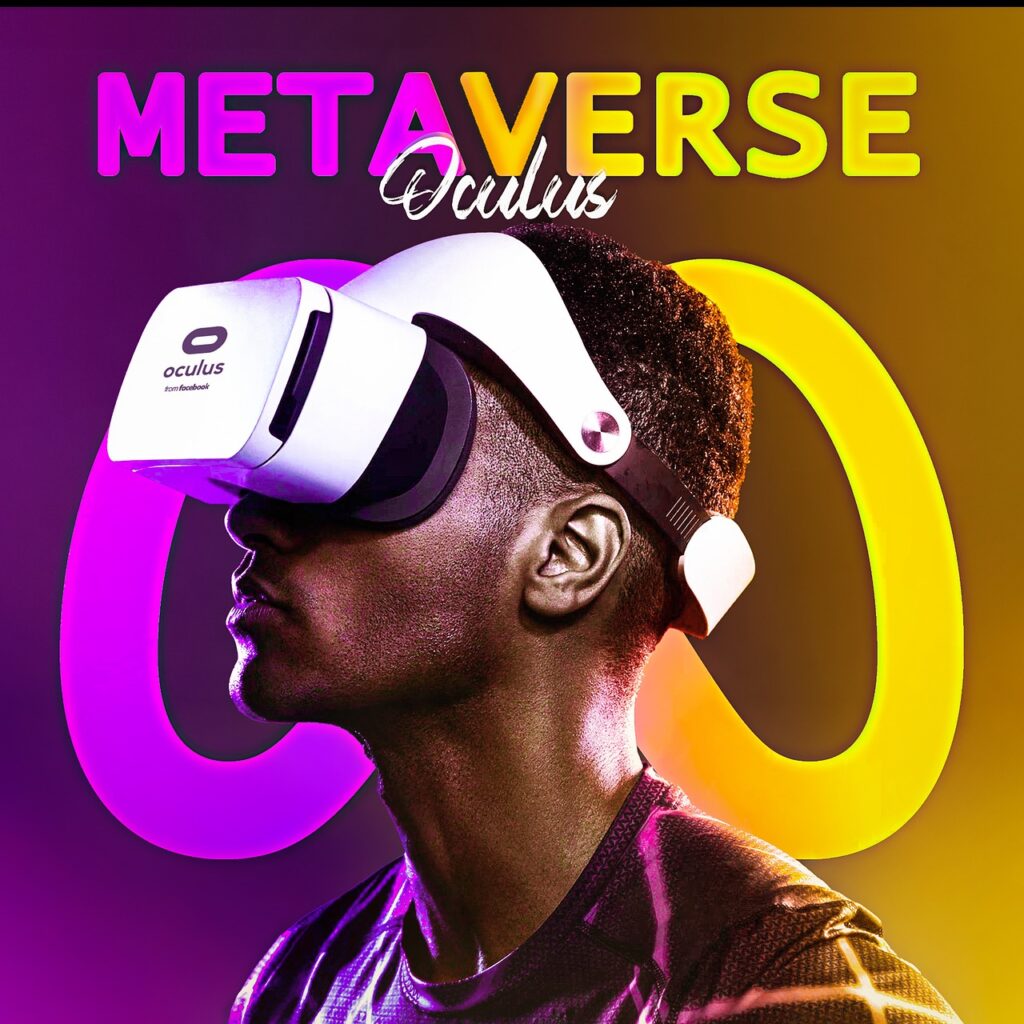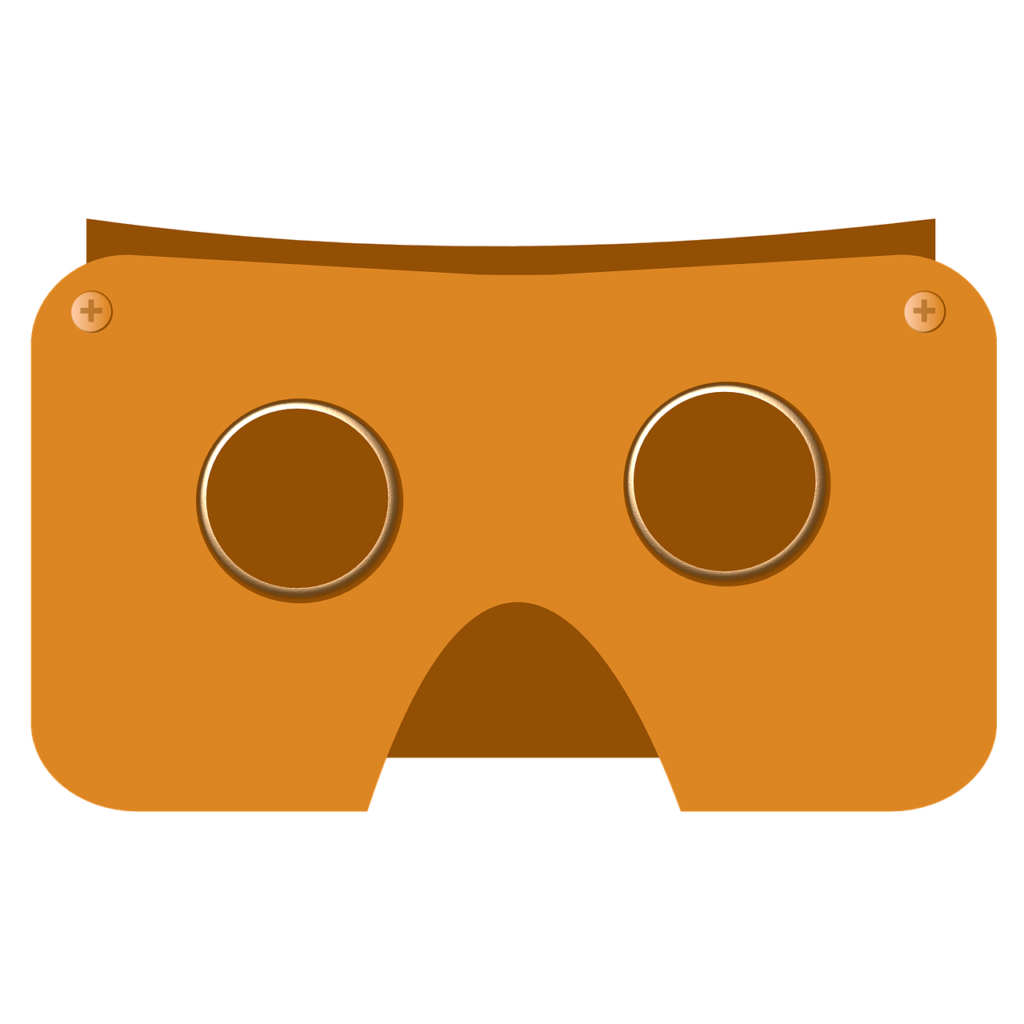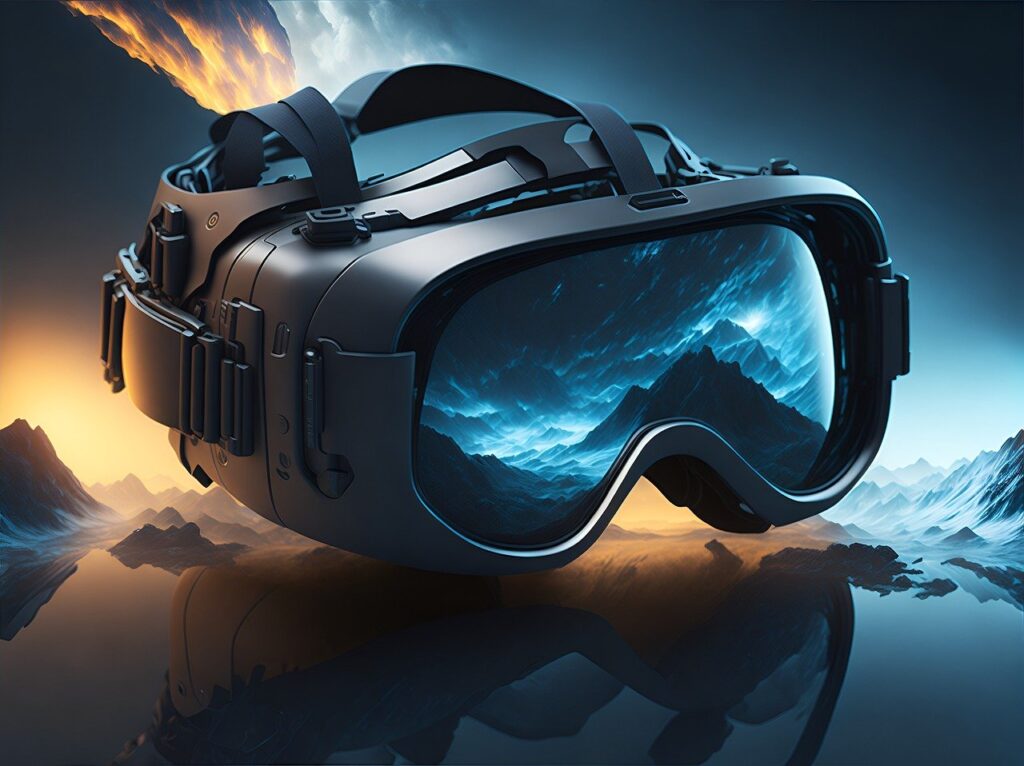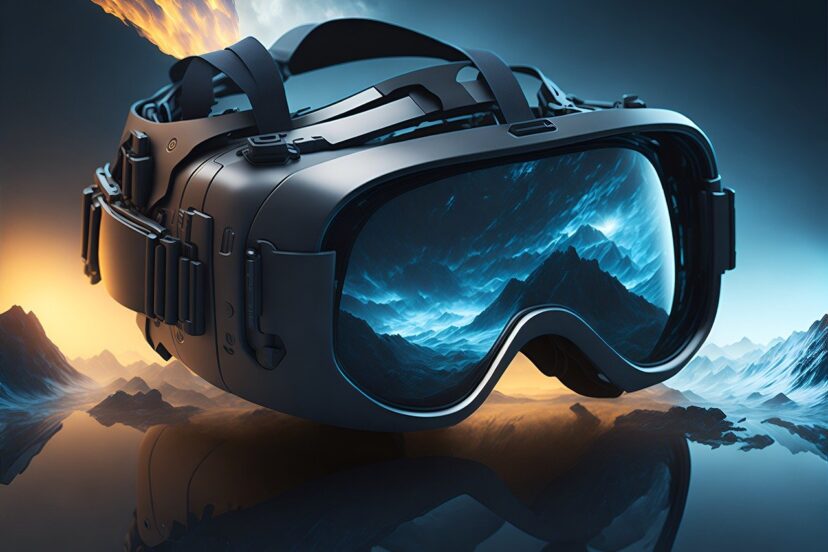How Do You Connect A VR Headset To A Gaming PC?
How Do You Connect A VR Headset To A Gaming PC?” is your ultimate guide to seamlessly integrating immersive virtual reality experiences into your gaming setup. You’ll discover step-by-step instructions, helpful tips, and essential prerequisites to ensure your VR headset works flawlessly with your gaming PC. From connecting the necessary cables to optimizing your system settings, this article makes the process straightforward and enjoyable, so you can dive into your virtual adventures without any hassle.
How Do You Connect A VR Headset To A Gaming PC?
Ever wondered how to immerse yourself in a completely different world with your gaming rig? Virtual Reality (VR) brings an unparalleled experience, but the first step is always the trickiest—how do you connect a VR headset to a gaming PC? Whether you’re a seasoned gamer or a curious newbie, connecting your VR headset might seem intimidating at first. Fear not; this comprehensive guide will walk you through every step in a friendly, easy-to-understand manner.

Why Choose VR Gaming?
Before diving into the connection process, it’s important to know why VR gaming is so revolutionary. VR offers immersive experiences that standard gaming setups can’t match. The sense of presence and the interactive elements provide a real game-changer—literally!
Types of VR Headsets
Different VR headsets are available in the market, and each has its own set of requirements. Understanding the type of VR headset you own will make the connection process a lot simpler.
| VR Headset Type | Examples | Key Features |
|---|---|---|
| Tethered | Oculus Rift S, HTC Vive, Valve Index | High-resolution displays, requires PC connection |
| Standalone | Oculus Quest 2, HTC Vive Focus 3 | Self-contained, no PC required |
| Console-based | PlayStation VR | Requires PlayStation console |

PC Requirements
Not all PCs can handle VR. Your gaming PC needs to meet or exceed the minimum system requirements specified by the VR headset manufacturer. Here are some general requirements that most VR headsets would stipulate.
Minimum System Requirements
| Component | Minimum Specifications |
|---|---|
| Graphics Card | NVIDIA GTX 970 / AMD Radeon R9 290 |
| Processor | Intel i5-4590 / AMD Ryzen 5 1500X |
| Memory | 8GB RAM |
| Video Output | HDMI 1.3 |
| USB Ports | 3x USB 3.0 ports, 1x USB 2.0 port |
| Operating System | Windows 10 |
Recommended System Requirements
| Component | Recommended Specifications |
|---|---|
| Graphics Card | NVIDIA GTX 1060 / AMD Radeon RX 480 |
| Processor | Intel i7-6700K / AMD Ryzen 5 2600 |
| Memory | 16GB RAM |
| Video Output | HDMI 2.0 / DisplayPort 1.2 |
| USB Ports | 4x USB 3.0 ports |
| Operating System | Windows 10 |
Step-by-Step Guide to Connect Your VR Headset
Connecting your VR headset involves several steps, but we’ll break it down to make it as easy as pie.
Step 1: Prepare Your Space
Make sure you have enough room to move around. Clear any obstacles to avoid tripping while you’re immersed in your virtual world.
Step 2: Update Your PC
Ensure that your operating system, drivers, and VR software are up-to-date. This will help avoid compatibility issues during the setup.
Step 3: Install the Necessary Software
Most VR headsets require specific software to function properly. For example, Oculus Rift uses Oculus Home, and HTC Vive uses SteamVR. Download and install the required software from the official websites.
Step 4: Connect the Cables
Depending on your VR headset, you need to connect various cables to your PC.
Oculus Rift S
- Connect the DisplayPort cable to your PC’s video card.
- Plug the USB 3.0 cable into a compatible USB port on your PC.
HTC Vive
- Connect the HDMI cable to your PC’s video card.
- Plug the USB cable into a USB 3.0 port on your PC.
- Connect the power adapter to a power source.
Valve Index
- Connect the DisplayPort cable to your PC’s video card.
- Plug the USB 3.0 cable into a USB port on your PC.
- Connect the power adapter and plug it into a power outlet.
| VR Headset | Video Connection | USB Connection | Power Connection |
|---|---|---|---|
| Oculus Rift S | DisplayPort | USB 3.0 | Not required |
| HTC Vive | HDMI | USB 3.0 | Required |
| Valve Index | DisplayPort | USB 3.0 | Required |
Step 5: Set Up External Sensors or Base Stations
Some VR headsets come with external sensors or base stations that help track your movements.
Oculus Rift S
Oculus Rift S uses built-in sensors, so no external sensors are needed.
HTC Vive
- Mount the base stations diagonally across the room.
- Ensure they are powered and turned on.
- Follow the on-screen instructions to synchronize the base stations with the headset.
Valve Index
- Mount the base stations in opposite corners of your play area.
- Connect them to power and switch them on.
- Use SteamVR to sync the base stations with your headset.
Step 6: Configure Software Settings
Open up the VR software you installed earlier and follow the setup wizard. Configure your height, play area, and other settings.
Step 7: Test the Setup
Run a sample VR application to ensure everything is functioning correctly. It’s advisable to start with a simple demo to minimize complications.

Troubleshooting Common Issues
Even with detailed steps, things might go awry. Here are some common issues and their fixes.
Display Issues
If your headset display isn’t working:
- Check all connections.
- Restart your PC and VR headset.
- Update your graphics card drivers.
Tracking Problems
If your movements aren’t being tracked accurately:
- Ensure sensors or base stations are placed properly.
- Remove any reflective surfaces in the room.
- Recalibrate the tracking sensors.
Software Glitches
If the VR software crashes or isn’t responsive:
- Reinstall the software.
- Make sure your system meets the recommended requirements.
- Disable conflicting applications.
Optimize Performance
Once your VR headset is up and running, you might want to optimize its performance.
- Graphics Settings: Lowering the graphics settings can improve performance without significantly affecting the VR experience.
- Update Drivers: Keep all drivers up-to-date for the best performance.
- Close Background Applications: Close any unneeded applications running in the background to free up system resources.
- Use High-Speed USB Ports: Ensure you are using the fastest USB ports available on your PC.
VR Safety Tips
Using VR is thrilling, but safety should always be a priority.
- Stay Aware: Know your physical play area boundaries.
- Take Breaks: Avoid prolonged sessions to prevent motion sickness and eye strain.
- Use Wrist Straps: If your controllers come with wrist straps, use them to prevent them from flying out of your hands.
FAQs
Can I use a VR headset with a laptop?
Yes, but the laptop must meet the minimum system requirements. Ensure it has a capable GPU and sufficient ports.
Do I need a special room for VR?
Not necessarily, but having a dedicated space free of obstacles will enhance your experience considerably.
How do I clean my VR headset?
Use a microfiber cloth to clean the lenses and a slightly damp cloth for the exterior. Do not use harsh chemicals.
Are there any health risks?
VR is generally safe, but taking breaks and managing playtime can mitigate issues like eye strain and motion sickness.
Conclusion
By following this step-by-step guide, you’ll be well-equipped to connect your VR headset to your gaming PC and dive into new, immersive worlds. Enjoy your VR experience, and remember, if you encounter any issues, troubleshooting tips are just a scroll away! Happy VR gaming!




